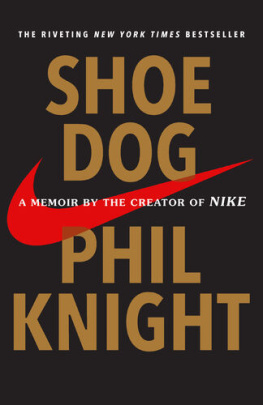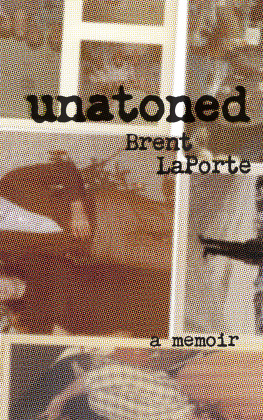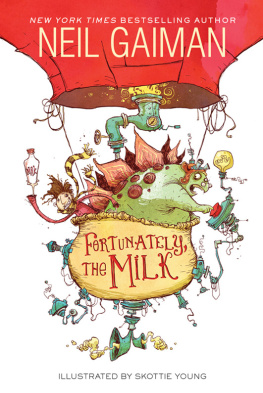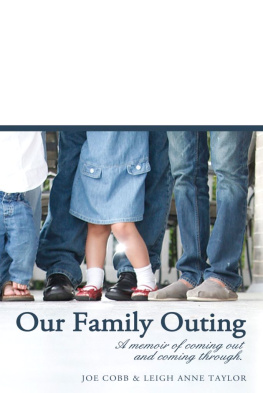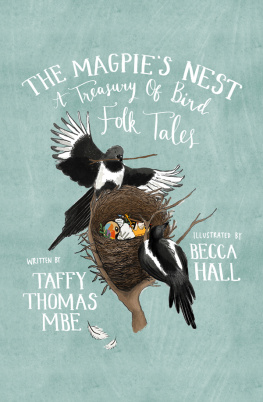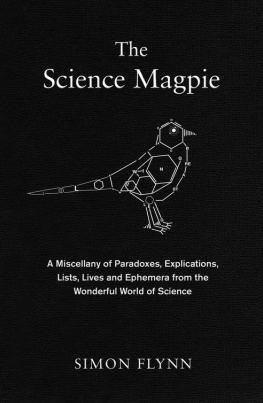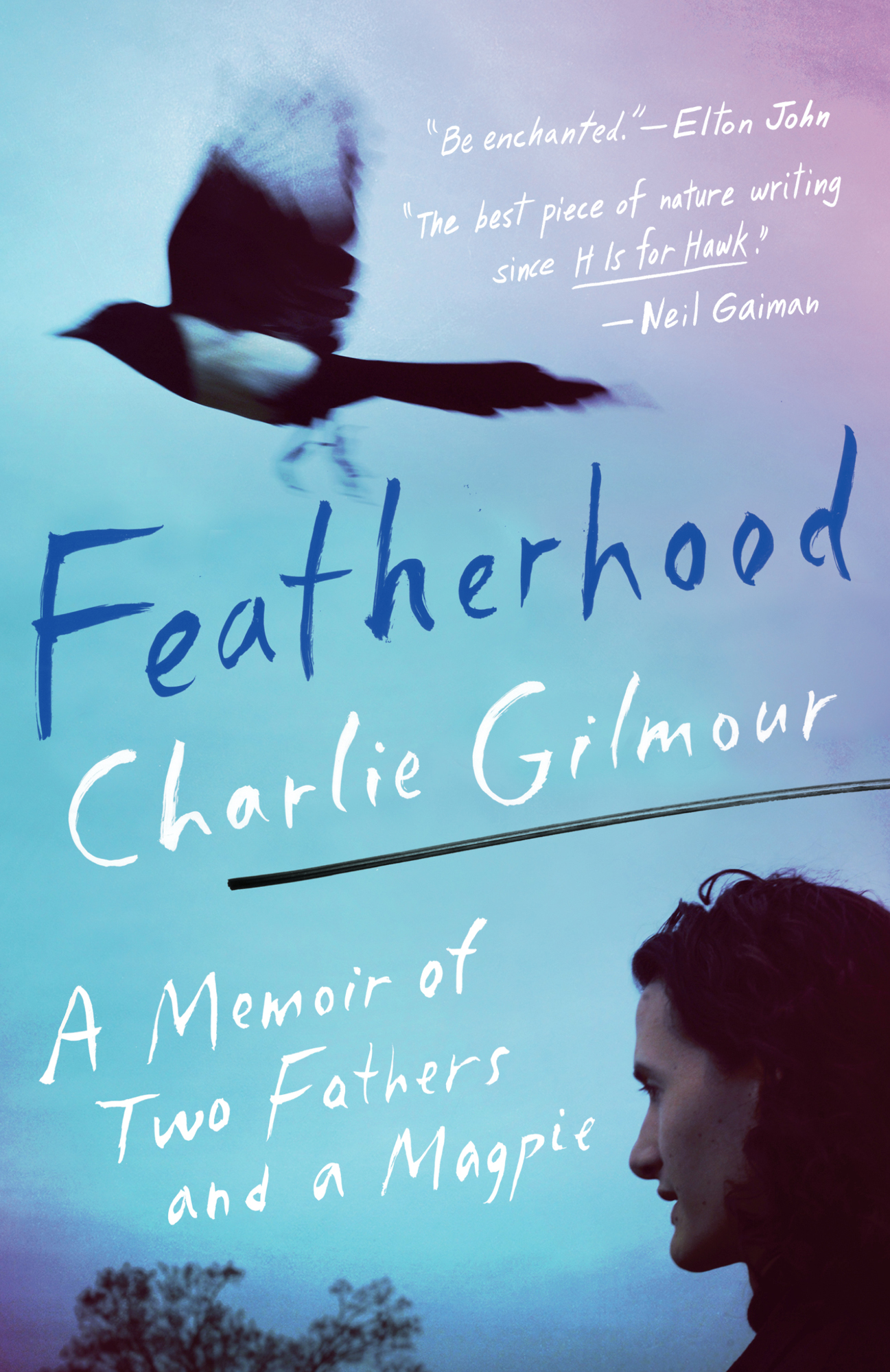Contents
Guide

Scribner
An Imprint of Simon & Schuster, Inc.
1230 Avenue of the Americas
New York, NY 10020
www.SimonandSchuster.com
Copyright 2021 by Charlie Gilmour
All Heathcote Williamss unpublished writings reproduced by permission of the Estate of Heathcote Williams. Heathcote Williams 2020
All rights reserved, including the right to reproduce this book or portions thereof in any form whatsoever. For information, address Scribner Subsidiary Rights Department, 1230 Avenue of the Americas, New York, NY 10020.
First Scribner hardcover edition January 2021
SCRIBNER and design are registered trademarks of The Gale Group, Inc., used under license by Simon & Schuster, Inc., the publisher of this work.
For information about special discounts for bulk purchases, please contact Simon & Schuster Special Sales at 1-866-506-1949 or .
The Simon & Schuster Speakers Bureau can bring authors to your live event. For more information or to book an event, contact the Simon & Schuster Speakers Bureau at 1-866-248-3049 or visit our website at www.simonspeakers.com.
Interior design by Wendy Blum
Jacket design by Stephen Brayda
Jacket photograph by Polly Samson
Library of Congress Cataloging-in-Publication Data is available.
ISBN 978-1-5011-9850-2
ISBN 978-1-5011-9852-6 (ebook)
For Olga
The eye that mocketh at his father, and despiseth to obey his mother, the ravens of the valley shall pick it out, and the young eagles shall eat it.
Proverbs 30:17
Prologue

S omewhere in southeast London a flightless young magpie tumbles to the ground.
From below, its hard to make out exactly where the bird dropped from. Its nest could have been high up in one of the plane trees that line this wheel-worn road, a bush-like bower hidden behind a green veil of leaves. Or it might have been tucked away somewhere in the jumble of semi-disused warehouses that clutter the area, an intricate formation of sticks and mud on corrugated iron and asbestos. Magpies construct their homes alongside ours, within sight but just out of reach. A magpie city superimposed on our own.
It is a harsh and very human environment into which this bird has prematurely arrived. Cars with crumpled fenders and shattered windshields wait in lines to be scrapped at the nearby junkyard. Illegally dumped fridges and sacks of rubble as immovable as boulders block the sidewalks. Puddles of spring rain shine purple with petrochemicals and, overhead, clouds of smoke and steam billow from the chimney of a huge waste-disposal facility that incinerates garbage around the clock. Trucks rumble past like thunderclouds and fans at the nearby soccer stadium roar. The only animals Ive ever noticed there are pit bulls and rats, although a little farther afield, around the dump, there are flocks of gulls and pigeons along with a fleet of raptors sleek as fighter jets that are employed by the waste-disposal company to chase the other birds away.
My partner Yanas workshop is just around the corner, in a leaky industrial unit on the edge of the junkyard. This part of the city seems to be full of secrets and surprises, but theyre rarely cute and fluffy. A police raid on a neighboring warehouse uncovers a cannabis farm one week; stolen motorbikes the next; a friend opens up a long-abandoned shipping container and finds it crammed full of Jet Skis; someone I once shared a prison cell with boasted of having dumped someones sawn-off limbs nearby. This is the last place on earth I would have expected something as yolky soft and bird-bone brittle as a chick to turn up.
The creature scuttles around in the gutter, lurching toward the curb like a drunk staggering down an alleyway. Magpies leave home far too soonlong before they can really fly or properly fend for themselves. For weeks after they fledge their nests, theyre dependent on their parents for sustenance, protection, and an education too. But this birds parents are nowhere to be seen. Theyre not feeding it, or watching it, or guarding it; no alarm calls sound as a large apex predator approaches with footfalls made heavy by steel toecapped boots. That doesnt mean the chicks parents arent nearby. It could be no accident that this bird is on the ground. If food was running short, a savage calculation may have been performed, showing that the only way to keep the family airborne was to jettison the runt.
The magpie has stopped moving now. The black-and-white bird crouches down in the gutter, shivering from dehydration and perhaps fear too. If nature is allowed to run its course, itll probably be dead before the day is out. The advancing human looms large as a tree trunk, sways uncertainly, and then, with a soft rustling, the birds world goes dark.
A couple of hundred miles to the west, and three decades distant in time, a young jackdaw tumbled from its nest in the steeple of a village church. Steely-gray feathers, yellow beak, injured wing dragging along the ground. Jackdaws and magpies share family ties. The crow family. Carrion kin. Someone, perhaps the vicar, stumbled across this injured young bird, boxed it up, and took it to the home of a local woman, an amateur animal healer. From there, the jackdaw found its way into the hands of the man who would go on to become my father. The magpie finds its way to me.
PIN FEATHERS
Chapter 1

Y ana sets the cardboard box, with its precious contents, very gently down on our bedroom floor. Her sister found it this morning, she explains, and picked it up and brought it to their workshop. In between hammering and drilling theyve been feeding it live grubs from the angling supplier. The grubs bite, Yana continues matter-of-factly, so you have to crush their heads a little with pliers or a fingernail before sending them down the birds hatch. She raises the flaps of the box.
A black-and-white ball of fluff the size of a childs fist is curled up in a corner. It looks dead. It smells dead. I click my tongue at the creature and one of its eyelids flutters open. Its eye is mineral blue.
I try to call to mind everything I know about magpies. At first, all I can come up with is the nursery rhyme One for sorrow and an image of my mum religiously saluting any she encountered on the farm I grew up on, to ward off the bad luck theyre supposed to bring. Better safe than sorry, I think, touching my hand to the side of my head as I peer down into the box. Yana says theyre clever birdsvery clever, as all members of the crow family arealthough I seem to recall that theyre widely disliked for reasons Ive never quite understood. Something about them eating baby songbirds and consorting with the devil. And theyre said to have a pirates eye for stolen treasurea lost wedding ring should be looked for in the nearest magpie nest. Other than saluting it, I have no idea what youre meant to do with one. Ive cared for injured wildlife before in a vague sort of way, or at least I tried to as a kid: creatures the cat dragged in, broken squirrels, birds that had jerked their brains to jelly against windowpanes. No matter what you do, it seems like they always end up in the same place: a shoebox at the bottom of a shallow grave. Even healthy animals havent had the best of luck in my hands. I think guiltily of the beautiful white doves we had years ago, which my grandmother, my mother, and I dyed pastel pink and released on the farmonly for them to be gobbled up by the fox like so much cotton candy. If Id been the one to come across this bird, I suspect I might have been tempted to let it take its chances down in the gutter. Im not sure what we can do for it, except perhaps prolong its suffering.

